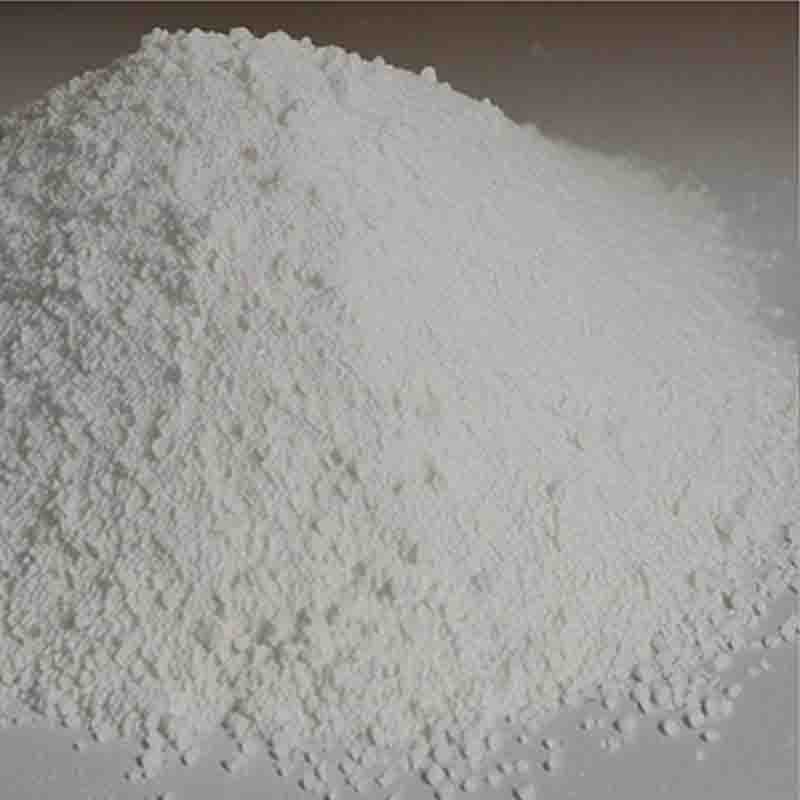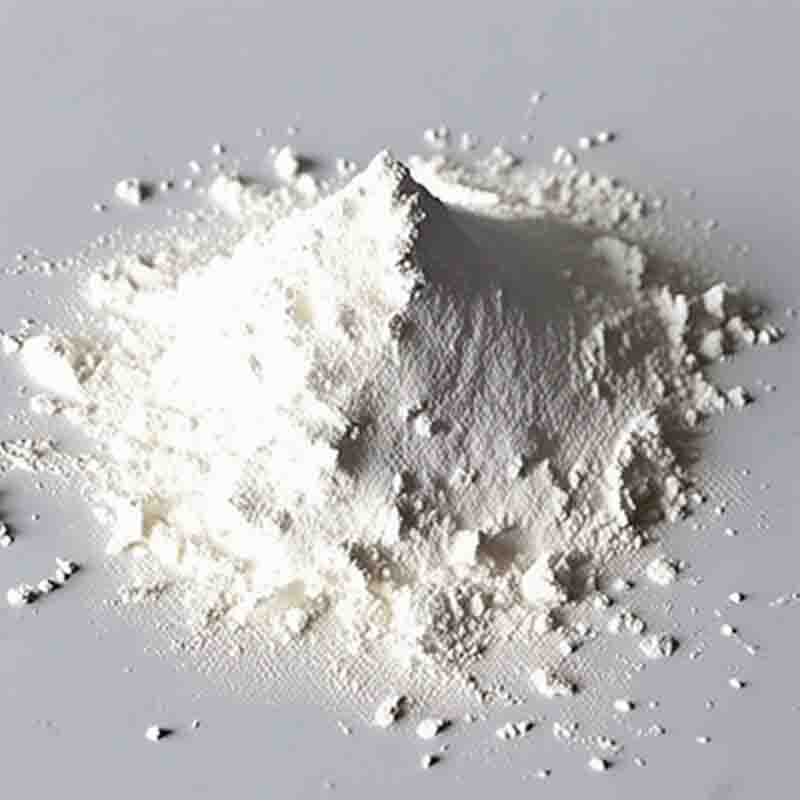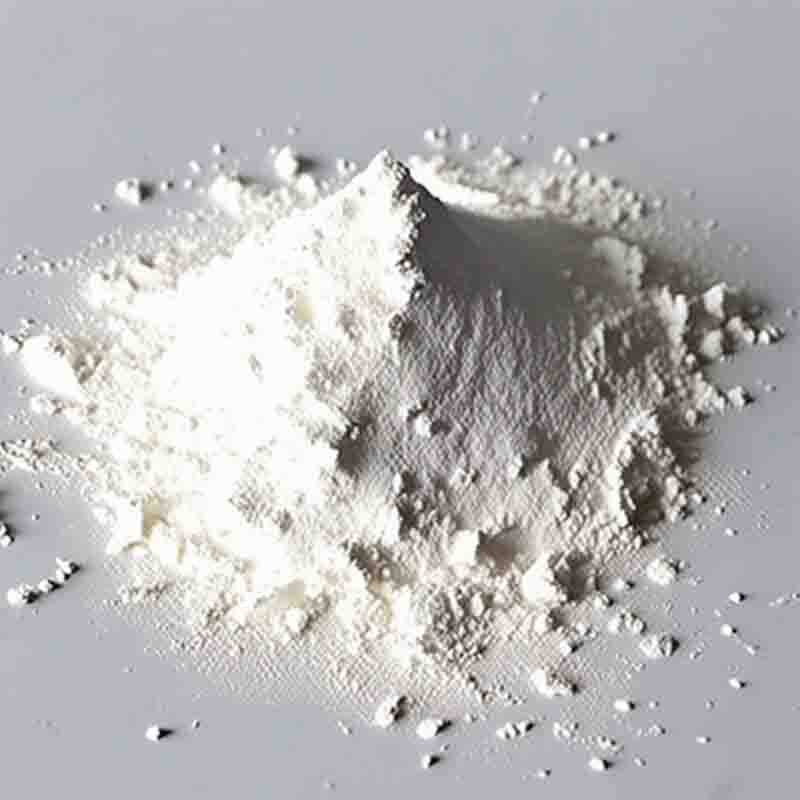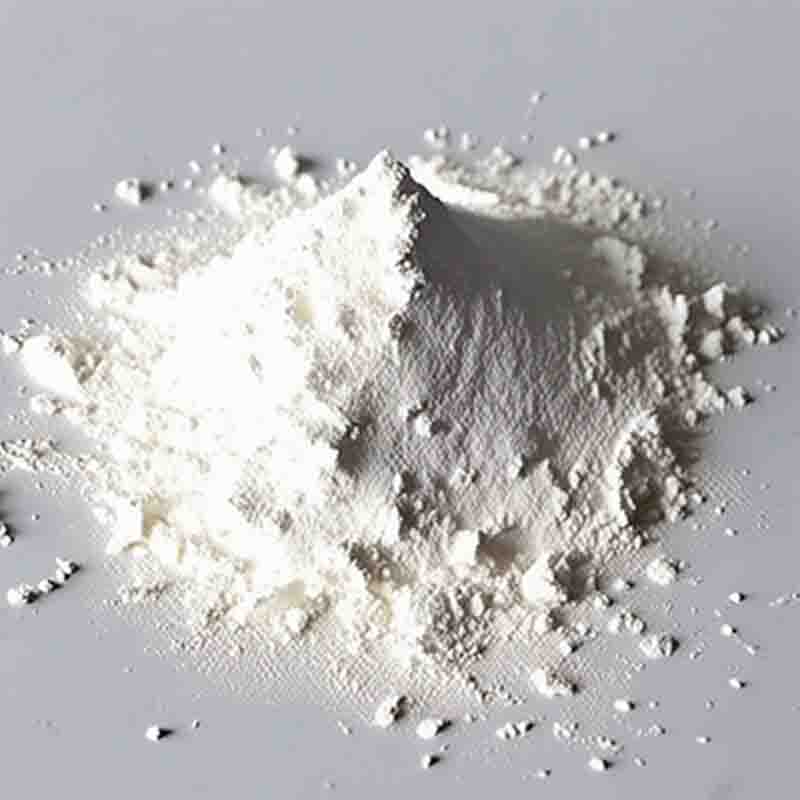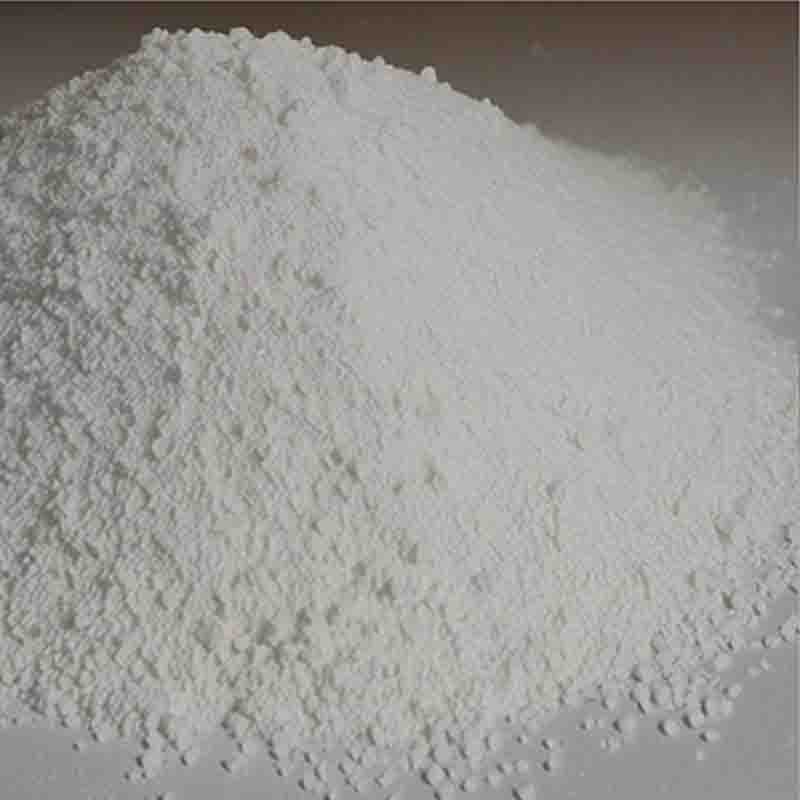[1,2-Bis(diphenylphosphino)ethane]dichloropalladium(II) CAS: 19978-61-1
| Catalog Number | XD94433 |
| Product Name | Di-chlorobis[(1,2,3-)-1-phenyl-2-propenyl]dipalladium(II) |
| CAS | 12131-44-1 |
| Molecular Formula | C18H12Cl2Pd2(CH3)3]2 |
| Molecular Weight | 512.03 |
| Storage Details | Ambient |
Product Specification
| Appearance | White powder |
| Assay | 99% min |
Di-chlorobis[(1,2,3-)-1-phenyl-2-propenyl]dipalladium(II), also known as Pd(PPh3)2Cl2 or Pd(PhCN)2Cl2, is a coordination complex of palladium. It consists of two palladium atoms coordinated to two chloride (Cl) ligands and two 1-phenyl-2-propenyl (PhCH=CHC6H5) ligands. This compound has significant applications in various organic transformations and catalytic reactions.One of the primary uses of Di-chlorobis[(1,2,3-)-1-phenyl-2-propenyl]dipalladium(II) lies in its ability to catalyze various coupling reactions. For instance, it is commonly employed as a catalyst in the Heck reaction. The Heck reaction allows for the coupling of an aryl or vinyl halide with an alkene, resulting in the formation of a carbon-carbon (C-C) bond. In this process, Di-chlorobis[(1,2,3-)-1-phenyl-2-propenyl]dipalladium(II) facilitates the activation of the aryl or vinyl halide by forming a palladium-aryl/vinyl complex. This, in turn, undergoes oxidative addition and subsequent reductive elimination, leading to the desired C-C bond formation. The PhCH=CHC6H5 groups in the complex play a crucial role in enhancing the reactivity and stability of the palladium catalyst.Furthermore, this palladium complex is also employed in a range of carbon-heteroatom bond formation reactions. For instance, it can catalyze the synthesis of aryl amines through Buchwald-Hartwig aminations. In this transformation, Di-chlorobis[(1,2,3-)-1-phenyl-2-propenyl]dipalladium(II) promotes the coupling between an aryl halide and an amine, resulting in the formation of a new C-N bond. This process is of great importance in medicinal and pharmaceutical chemistry, as it allows for the synthesis of various biologically active molecules.Moreover, this palladium(II) complex finds application in other catalytic transformations like Sonogashira cross-coupling and Stille coupling reactions. These reactions enable the construction of complex organic molecules by forming carbon-carbon or carbon-heteroatom bonds. The PhCH=CHC6H5 ligands in Di-chlorobis[(1,2,3-)-1-phenyl-2-propenyl]dipalladium(II) provide steric influence and enhance the catalyst's efficiency in these transformations.It is worth noting that Di-chlorobis[(1,2,3-)-1-phenyl-2-propenyl]dipalladium(II) should be handled with care as it is sensitive to air and moisture. It is typically stored in dry, inert environments to maintain its reactivity and stability.In summary, Di-chlorobis[(1,2,3-)-1-phenyl-2-propenyl]dipalladium(II) is a valuable catalyst in various organic transformations, particularly coupling reactions like the Heck, Sonogashira, and Stille reactions. Its ability to facilitate carbon-carbon and carbon-heteroatom bond formation makes it a crucial tool in synthetic chemistry and the production of complex organic molecules.


![[1,2-Bis(diphenylphosphino)ethane]dichloropalladium(II) CAS: 19978-61-1 Featured Image](https://cdn.globalso.com/xdbiochems/白色粉末1556.jpg)
![[1,2-Bis(diphenylphosphino)ethane]dichloropalladium(II) CAS: 19978-61-1](https://cdn.globalso.com/xdbiochems/粉末2442.jpg)
